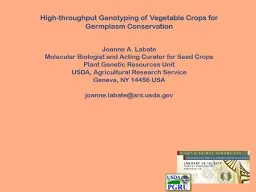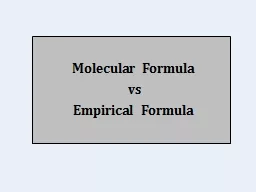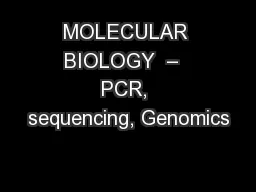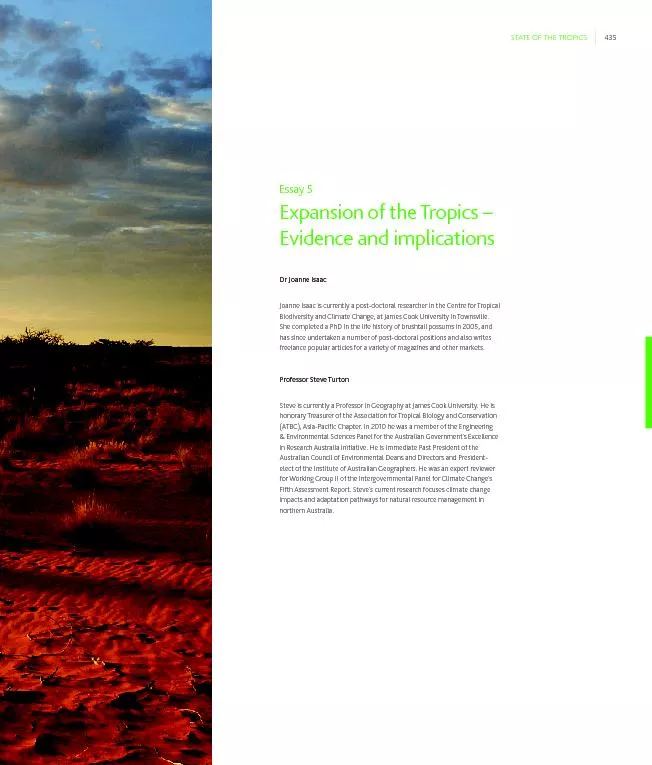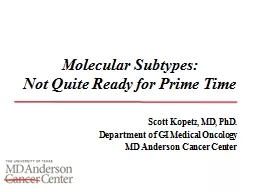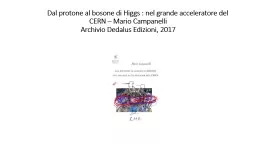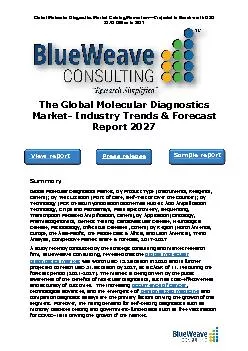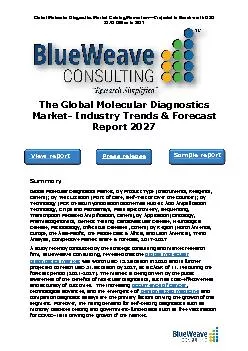PPT-Joanne A. Labate Molecular
Author : trish-goza | Published Date : 2018-10-26
Biologist and Acting Curator for Seed Crops Plant Genetic Resources Unit USDA Agricultural Research Service Geneva NY 14456 USA joannelabatearsusdagov Highthroughput
Presentation Embed Code
Download Presentation
Download Presentation The PPT/PDF document "Joanne A. Labate Molecular" is the property of its rightful owner. Permission is granted to download and print the materials on this website for personal, non-commercial use only, and to display it on your personal computer provided you do not modify the materials and that you retain all copyright notices contained in the materials. By downloading content from our website, you accept the terms of this agreement.
Joanne A. Labate Molecular: Transcript
Download Rules Of Document
"Joanne A. Labate Molecular"The content belongs to its owner. You may download and print it for personal use, without modification, and keep all copyright notices. By downloading, you agree to these terms.
Related Documents

